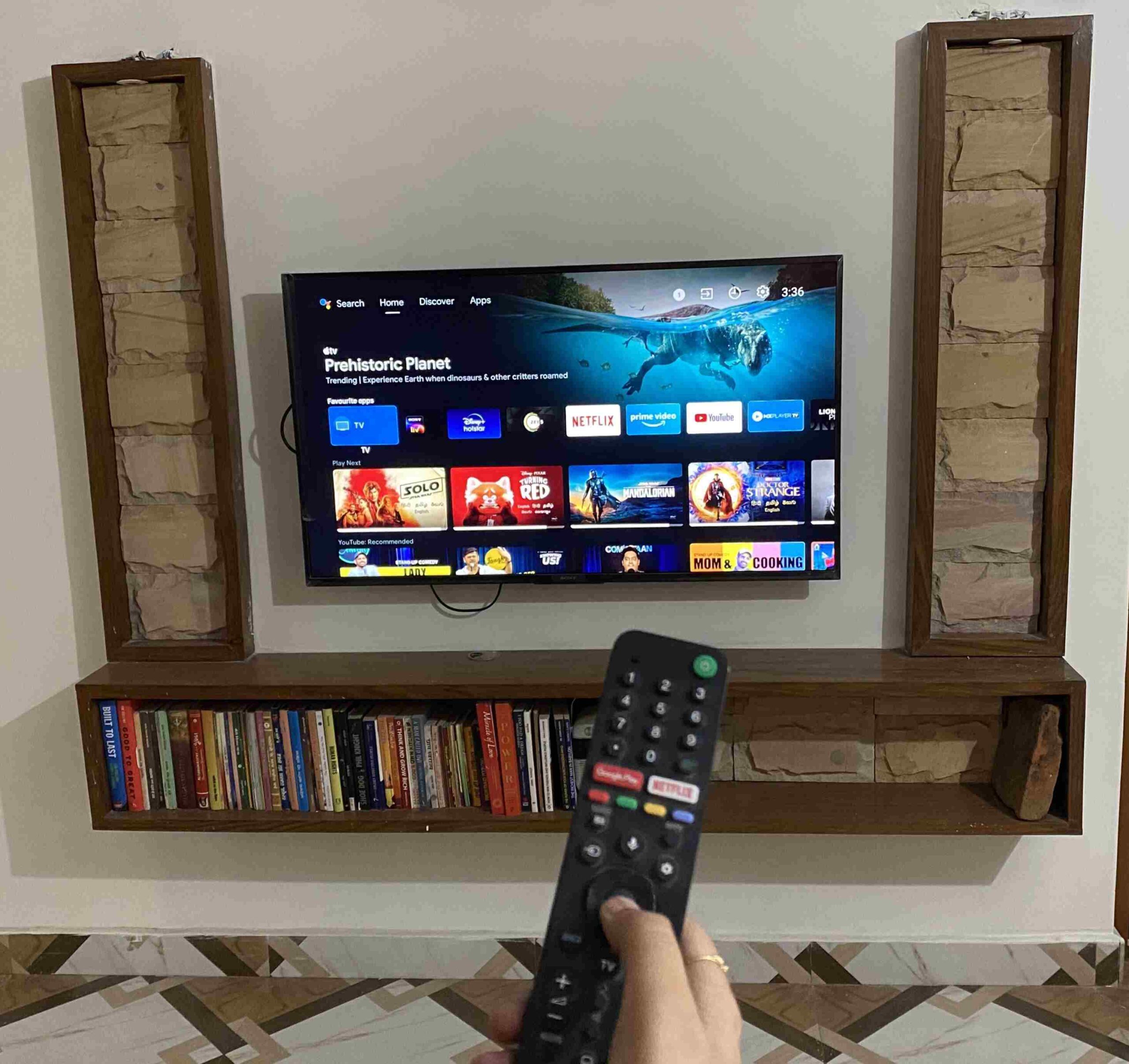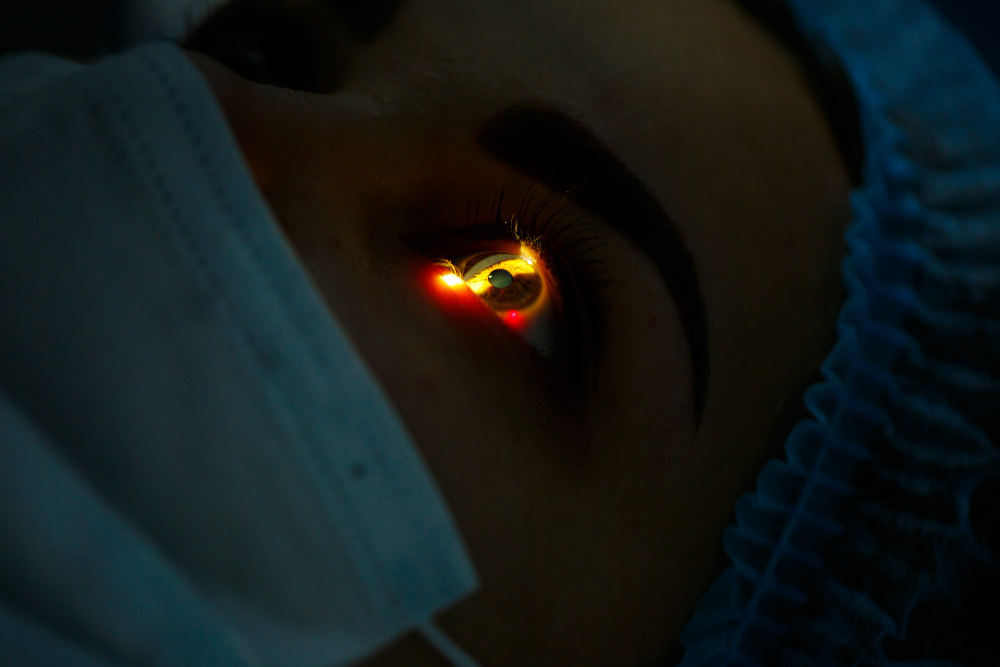Frequently asked questions.
Frequently asked questions.
Learn about common queries
There are many options available after your Cataract surgery. There are different types of IOLs and after implanting any IOL, one may or may not need glasses as it depends upon the category of IOL. For example, with Monofocal lenses, specs are required, but with Multifocal lens, eyeglasses are not needed.
Yes, if it is not treated, there is a constant loss of vision and the patient becomes legally blind or completely blind.
No, it is common for patients to be late for Cataract operation. Cataract surgery is not necessary until it starts affecting your daily life. Many people live with Cataract for years before having surgery. They may require more light, magnifying glass, or additional assistance to read.
Although the chances of side effects or complications are very low, there may be some trouble if you have diabetes or high blood pressure. Before surgery, your ophthalmologist will do all the necessary tests to make sure that you are suitable to have Cataract surgery.
Cataract surgery is painless, as the patient gets local anesthetic. Some patients may experience a little discomfort, but for most patients the procedure is painless. Eye surgeons take considerable precautions to minimize the pain.
The Surgeon makes an incision in the front part of eye and replaces your faulty natural lens with artificial lens with help of modern technology. This process usually takes 15 to 20 minutes.
If you have Cataracts in both your eyes, then usually surgery will be done for any one eye at first. Then a few weeks (14 to 20 days) later, the surgery of the second eye will take place. This helps in stability of your vision after healing of first eye and before procedure of surgery in other eye.
Yes, even if you have Glaucoma, you are still eligible for Cataract surgery. In some cases, Cataract surgery reduces high pressure of eyes and helps to manage Glaucoma too.
If you do not get cataract treated, it will result as (i) in many cases the Cataract will worsen over time and causes loss of vision. (ii) Your daily chores and quality of life will be affected. (iii) Many people become legally blind due to lack of treatment and if Cataracts not treated for a long time, it can cause complete blindness. (iv) Cataract can get worse even sooner, as it is difficult to guess it accurately.
So if you find that your vision is getting weaker, must see any Ophthalmologist as soon as possible for your eye checkup.
If you have vision problems and cataract, then this may be the right time to have surgery. For vision problems, if you experience a circle of light or glare, Ophthalmologist notices a cloudy spot over lens in your eye and you need vision acuity, hence this dysfunctional lens syndrome can be a sufficient cause of your Cataract surgery.
Every surgery involves some elements of risk, but when experienced surgeons do Cataract surgery, they minimize the risk through many alternative procedures available and the skill they are trained with.
It takes less time to heal after Cataract surgery. The discomfort or pain that is usually felt after surgery disappears in a few days. Depending on the size of Cataract, its nature and the patient’s ability to recover, it takes about four to six weeks to fully recover after surgery. In this period, one should benefit from the scheduled follow-up meetings with the doctor by following the post-surgery guidelines.
During the SICS method surgery, a 6 mm incision is placed in the eye and a non-foldable lens is inserted into it and in a period of about one month, the wound of the incision is completely healed. In the operation with Phaco method, we insert a foldable lens inside eye through an incision of 2.2 mm and the wound of surgery dries up within 15 days roughly.
Suggestions to the family
Suggestions to the family
Lending A Helping Hand To Your Loved One After The Cataract Surgery
The first thing that the patient undergoing the cataract surgery process will need is someone who can accompany him to the hospital for eye check-up and bring him back home. The patient also needs someone’s assistance at home for a period of time till he recovers after the surgery. From pre-surgery period to post-surgery period, family members will have many responsibilities for the patient.
Presurgery Responsibilities
- Make time to understand the pain and anguish of the patient.
- Take time off from work to assist the patient at home
- Pick-up and assist in applying eye drops and medicines.
- To accompany the patient in the hospital for eye checkup and surgery.
- To be the helping hand of the patient during the period of check-up and treatment in the hospital.
Post Surgery Responsibilities
- Carefully taking patient home from the hospital when the patient is discharged after surgery
- Before leaving for home, to meet the doctor and get detailed information about the patient’s eye condition and know about the post-surgery care
- Purchase medicines and eyeglasses prescribed for the patient from the hospital before leaving for home
- Helping the patient at home in applying eye drops and taking medicines prescribed
- Helping the patient in daily household and personal chores
- Take special care of all the patient’s activities and prevent the patient from doing the forbidden tasks.
- Bringing the patient back to the hospital for follow-up checkup of the operated eye after a few days.
Curabitur non nulla sit amet nisl tempus.
Preparation after surgery
- Any medications your doctor may prescribe you.
- Your doctor will give instructions on how to care of your operated eye.
- The doctor will suggest a date for a follow-up eye check-up.
- The doctor will examine your operated eye before you are discharged from the hospital
- Everyone’s eyes conditions are different, and the doctor advises accordingly.
- The doctor will advise what activities will be safe after the surgery and what not.
General suggestions to patients by doctors after the surgery:
| Does | Dont |
|---|---|
| Column 1 Value | Column 2 Value |
| Column 1 Value 2 | Column 2 Value 2 |
| Column 1 Value 3 | Column 2 Value 3 |
| Column 1 Value 4 | Column 2 Value 4 |
| Column 1 Value 5 | Column 2 Value 5 |
| Column 1 Value 6 | Column 2 Value 6 |
| Column 1 Value 7 | Column 2 Value 7 |
| Column 1 Value 8 | Column 2 Value 8 |
| Column 1 Value 9 | Column 2 Value 9 |
| Column 1 Value 10 | Column 2 Value 10 |
Curabitur non nulla sit amet nisl tempus.
Preparation before cataract surgery
- Familiarize yourself with cataracts and other eye conditions, like Astigmatism, Presbyopia, etc.
- Learn about other symptoms you could be experiencing as well, and when you might be ready for surgery.
- Get to know your lens replacement options once you are aware of your eye condition and your vision needs.
- Learn about the options available for cataract surgery process. Get an understanding about surgery options to choose between SICS (done by a small incision) surgery or PHACO (modern machine-oriented procedure) surgery.
- Consult with the doctor and get your eyes examined by the doctor to know about the condition of your eyes and the treatment procedure.
- Discuss with the doctor about the available lens options and type of surgery (PHACO or SICS) best suited for you.
- Discuss the cost of surgery package including the lens which have been suggested by the doctor so that you can take a decision. Also learn about payment options available.
- Ensure a time when you can really focus on healing. While this is a simple and safe procedure, but you will need some time to recover.
- Decide on how many days you want to take leave from work and there will be someone at home to help you. On an average, it takes a week after the surgery to get back to work. It may vary depending on the eye condition of the patient.
- Considering the above points, discuss with the doctor to decide on a date for the surgery.
- Gather all documents that your doctor has asked you to bring on the day of surgery such as Fitness Certificate (if it has been asked for), Blood Sugar or Blood Pressure reports, etc.
- Take limited food in the night before the surgery and go to bed early so that you get up early next day and reach the hospital in the morning by scheduled time.
Curabitur non nulla sit amet nisl tempus.
Toric lenses and astigmatism

What is Astigmatism?
Normally, the cornea and lens are smooth and curved equally in all directions. This helps to focus light rays sharply onto the retina at the back of your eye. If your cornea or lens isn’t smooth and evenly curved, light rays aren’t refracted (bent) properly. This a refractive error.
When the shape of cornea or lens is distorted, it is called astigmatism. In either case, your vision for both near and far objects is blurry or distorted.
Correcting Astigmatism using Toric Lens
If you have astigmatism, then only Toric lens may help to reduce your need for glasses for distance or near vision. The most advancement IOL in this category is now also available as multifocal Toric IOL.
Vision with Astigmatism

Cataract Vision

Vison with non-toric lens

Vision with multifocal toric

Foldable lenses and its advantage
Intra Ocular Lens (IOL) are the lenses which is placed inside the eyes by removing the cataract affected natural lens.
There are two types of IOL available; non-foldable (rigid) and foldable.
-
- Foldable Lenses (IOL): The next step in technological advancement is the development of foldable lenses. These are made of a soft acrylic material which can be folded or rolled so as to be injected through a very small incision into the eye. Once inserted at the right place, the IOL unfolds and stabilizes in the eye to give a lifetime of clear vision.
Advantages of Foldable IOL- It is used in PHACO surgery
- Foldable IOL is made up of soft Acrylic material which is more bio-compatible.
- Needs very small incision for insertion in the eye. Usually the incision size is 2 mm or less.
- The chances of induced astigmatism become much less due to much smaller incision.
- Very short healing time.
- Chances of infection are minimal.
- Foldable Lenses (IOL) could be either MONOFOCAL or MULTIFOCAL.
- Foldable Lenses (IOL): The next step in technological advancement is the development of foldable lenses. These are made of a soft acrylic material which can be folded or rolled so as to be injected through a very small incision into the eye. Once inserted at the right place, the IOL unfolds and stabilizes in the eye to give a lifetime of clear vision.
Curabitur non nulla sit amet nisl tempus.
Multifocal Lenses (IOLs)
These IOLs have revolutionized existing state-of-the-art cataract surgery. Multifocal IOL helps to achieve the ultimate goal of independence from spectacles. These advanced technology IOLs are a newer type of lens that has multiple focal points and reduces or eliminates the need for eyeglasses or contact lenses after cataract surgery.
80% of patients who get these lenses will never need glasses for any activity. Of those 20% of patients who need glasses for certain activities, do so for very fine near work done for prolonged period of time. If the patient has astigmatism then they will need Toric IOLs to completely get rid of spectacles. More over the near glasses needed are of much less power than those needed by patients with monofocal IOL.
Normal Vision

Cataract Vision

Vision with Multifocal Lens

Curabitur non nulla sit amet nisl tempus.
Monofocal Lenses (IOLs)
Presbyopia
Presbyopia is the loss of your eyes’ ability to focus on nearby objects. A person with presbyopia could not see the near object clearly.
Monofocal IOLs
These IOLs provide a set focal point and can fix your vision for one distance only. It corrects the cataract but does not correct presbyopia. In such cases, the patient does not require to use spectacles to see far objects but is dependent on progressive bifocals spectacles for near vision.
If you do not want to use spectacles for near or distance vision post cataract surgery, based on diagnosis, you may choose Multifocal or Toric lenses.
Normal Vision

Cataract Vision

Vision with Monofocal Lens

Non-foldable lenses
Intra Ocular Lens (IOL) are the lenses which is placed inside the eyes by removing the cataract affected natural lens.
There are two types of IOL available; non-foldable (rigid) and foldable.
-
- Non-foldable Lenses (IOL)Are made of a hard-plastic material (PMMA), are bigger in size & bigger incisions need to be made to insert them. These are the basic and the most initial IOL developed. As these IOLs cannot be folded so an incision (cut) as big as the IOL is mandatory for implantation in the eye. Technologically these are most basic of lenses, low in price and could only be monofocal.Limitations of Non – Foldable IOL:Most of the limitations arise due to the necessity of putting a larger incision to implant this type of IOL. With non-foldable IOL, the surgical incision has to be at least as big as the IOL, which is 5.5-6.0 mm –
- It is used in SICS surgery
- The healing time is prolonged.
- The chances of infection become higher.
- The chances of induced astigmatism become higher with bigger incision.
- The non-foldable IOL are overall less in diameter than foldable IOL so the chances of glare increase because of smaller IOL
- Since multifocal option is not available in non-foldable lenses, the patient will need spectacles for near vision
- Non-foldable Lenses (IOL)Are made of a hard-plastic material (PMMA), are bigger in size & bigger incisions need to be made to insert them. These are the basic and the most initial IOL developed. As these IOLs cannot be folded so an incision (cut) as big as the IOL is mandatory for implantation in the eye. Technologically these are most basic of lenses, low in price and could only be monofocal.Limitations of Non – Foldable IOL:Most of the limitations arise due to the necessity of putting a larger incision to implant this type of IOL. With non-foldable IOL, the surgical incision has to be at least as big as the IOL, which is 5.5-6.0 mm –

Curabitur non nulla sit amet nisl tempus.
Cataract Surgery By Making An Incision Using SICS Technique
Features of SICS surgery
- The operation is performed by making a small incision
- This is a painless and stitch-free operation
- The patient may have to stay in the hospital for one day after the operation
- The patient gets to see from next day after the eye patch is removed
- The patient can resume normal life after 15 – 16 days of the operation
Curabitur non nulla sit amet nisl tempus.
The State-Of-The-Art PHACO Machine Is A Safer And Better Option For Cataract Surgery.
Features and benefits of PHACO surgery
- Cataract surgery is performed through a sophisticated machine
- The surgery is performed through a very small hole made by the machine
- This is a painless and stitch-free operation
- After the operation, the patch on the eye is removed within a few hours
- Return to work soon after surgery
- Availability of various types of foldable lens





